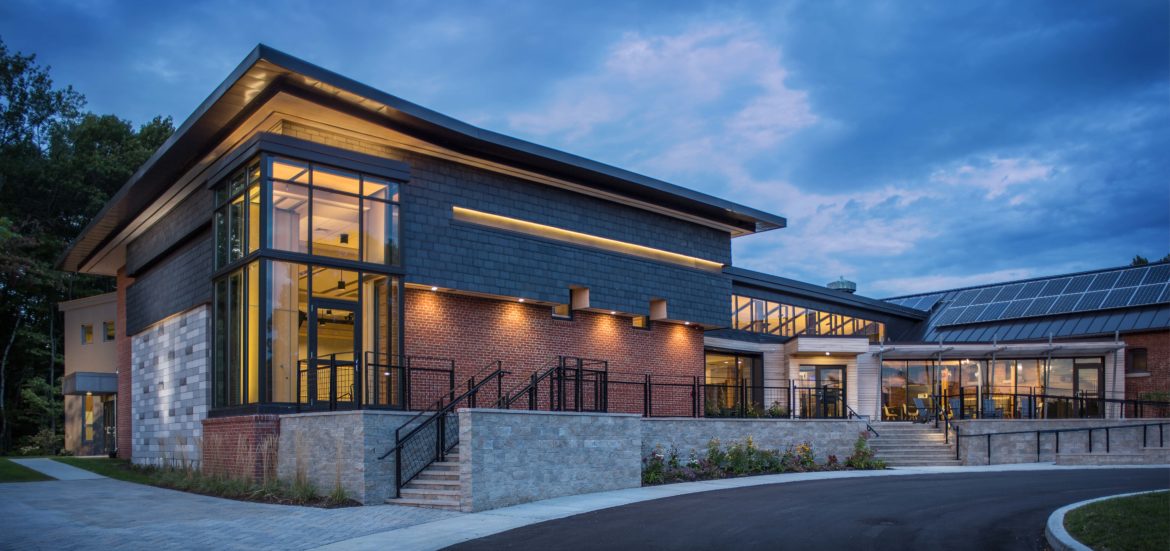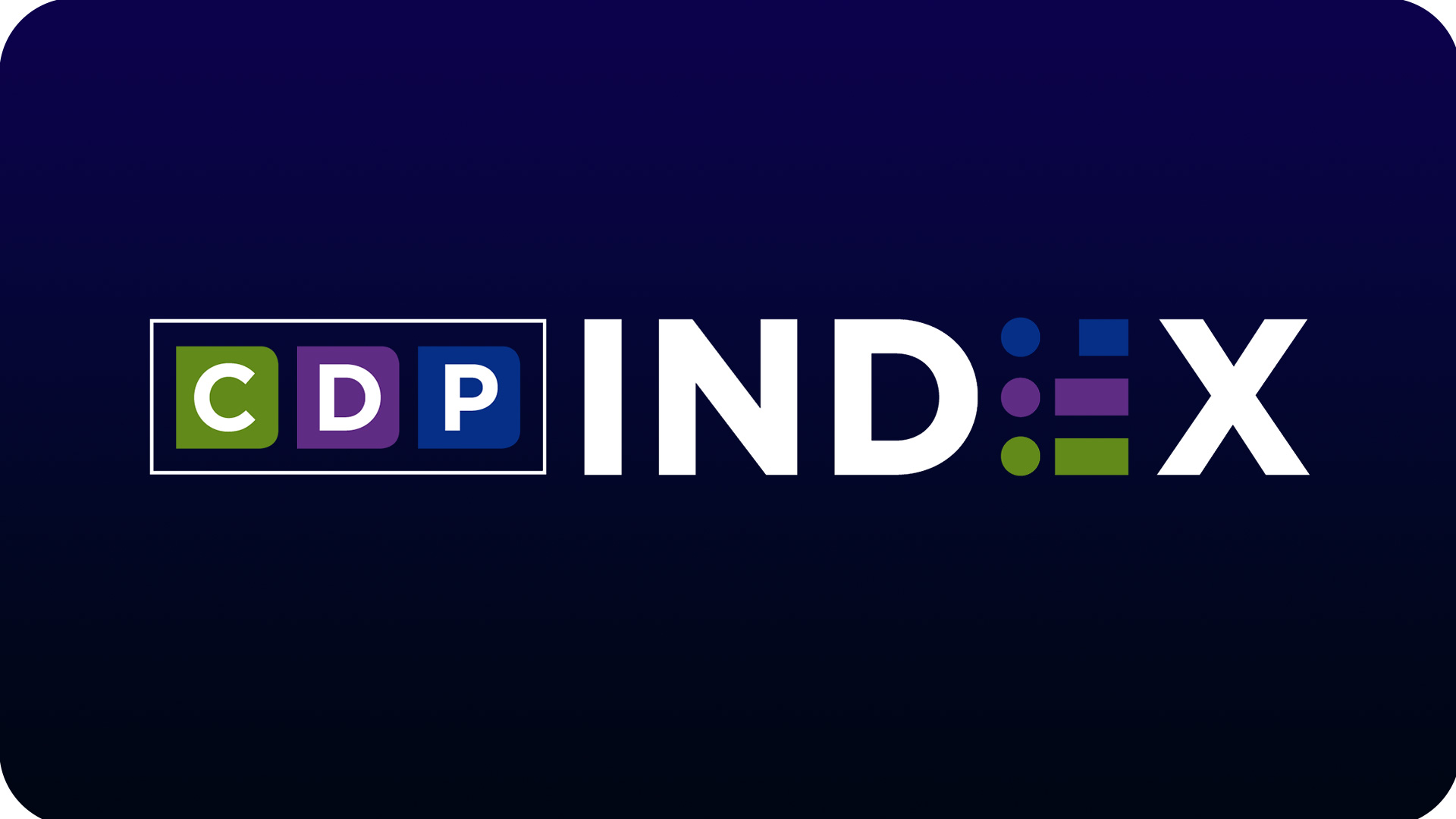Development leaders say capital campaigns require commitment from executives, community

VPR
After more than three years of planning and fundraising, Vermont Public Radio surpassed its goal of raising $10 million from its capital campaign. It's using $8 million to expand and renovate its Colchester headquarters.
At times during capital campaigns, gifts roll in and the organization raising the funds can see progress.
“And there are those weeks and months and quarters of years where you sometimes think that this isn’t going to happen at all,” said Robin Turnau, president of Vermont Public Radio. “I never really thought that. But sometimes it’s a little harder to see the path for how we’re going to succeed.”
Stations launch capital campaigns for numerous reasons: to renovate or build a new facility, provide new programming and services, or even survive. Capital campaigns require a big commitment from station leaders, who say that community engagement is critical to successful efforts.

Daria Bishop
Turnau
Turnau estimates that over the past three years she spent 40 to 50 percent of her time on a campaign mounted by VPR to pay for new headquarters and expand its journalism. It paid off: The station announced recently that it has surpassed its goal of $10 million.
Earlier this month at the Public Media Development and Marketing Conference in San Francisco, development leaders from Nashville Public Radio and Washington state public radio stations KEXP and KNKX shared stories of their capital campaigns. They found that the campaigns improved their major-donor programs, expanded their community engagement efforts and taught them how much their services mean to audiences.
“You immediately become hyper-aware of how good, or not good, your relationships with people are,” said Mary Dunaway, development director of KNKX. The Tacoma, Wash., station raised $7 million in less than six months to buy its broadcast license and become independent. During that time, it changed its approach to major giving to develop stronger relationships with top donors.
“We realize the benefit of having small portfolios that are really done to perfection because those relationships are so important,” Dunaway said.

Dunaway
Capital campaigns can range from months to years in length. Once station leaders decide to launch a campaign, they may take their time before pulling the trigger.
VPR mulled the decision for about 10 years, Turnau said. The station was housed in a historic building designed for 27 full-time staffers; VPR’s staff had expanded to 60.
“We tucked people everywhere we could,” Turnau said, including putting the news team in a storage attic. “It had reached the point where it had become unproductive.”
Nashville Public Radio launched its $4.5 million capital campaign in September 2011 under much different circumstances. The station bought a broadcast license from Vanderbilt University in 2010 so that it could launch an all-classical service on the new signal and focus its existing signal on news. It immediately faced a challenge echoed by other PMDMC panelists.
“The wealthiest, most philanthropic people in Nashville — we’re so lucky they’re our core listeners,” said Donna Robinson, VP of development. “We made an assumption that they were going to jump right in from the beginning. That didn’t come to pass, but it’s all been OK.” Rather than provide a lead gift, Robinson found, those donors instead preferred to offer a final matching gift to close the campaign.
Unlike the other stations represented on the panel, Nashville’s campaign has lacked urgency and a narrow message. “‘We want to buy this classical station so we can get classical completely off our air and focus on news, so all of you that love news, you’re going to get a better deal,’” Robinson said. “Try to get that down into a 15-second slot.”
Make sure leadership, paperwork are ready
When Nashville launched its campaign six years ago, its CEO wasn’t visible in the community, but he is now, Robinson said. The station’s board had been focused on strategic planning rather than fundraising.
“We had to get really really honest with people really fast,” Robinson said during the PMDMC panel. “Everyone there knows exactly why they are on that board. They’re there to give and get.”
Seattle-based KEXP took its first foray into organized major giving during a $15 million, 3.5-year capital campaign that began in December 2012. LIke VPR, KEXP had outgrown its facility and wanted to open up its space to the community.

Troutman
“Our board thought major giving was sort of voodoo magic,” Betsy Troutman, director of development services, said at PMDMC. “They were a little suspicious. … I think the board came out the other side understanding the importance of relationships in major giving to the long-term health of the organization.”
On the other hand, KNKX, then a university licensee, lacked an independent board when it began fundraising in January 2016 to become independent of Pacific Lutheran University. The station didn’t even have a separate 501(c)3, reserve or endowment.
“In an increasingly unpredictable world, it’s so critical to be as fiscally healthy as you can,” Dunaway said.
Community engagement is key
During its six-month campaign, KNKX (then KPLU) engaged the community by holding regional meetings, sending an on-air personality and development staffer to community-organized events and sending weekly email updates. “It gave the staff and the supporters a constant feeling of forward momentum,” Dunaway said.
The community participation taught the station a lesson it tries to apply to everything it does now, Dunaway said. When organizing an event or fundraiser, staffers ask: How can we improve engagement for this event by expanding how people can participate?
KEXP held a successful event on the roof of Seattle’s iconic Pike Place Market at which Mike McCready, a guitarist for Pearl Jam and co-chair of the station’s campaign, performed with an Iggy Pop cover band. McCready’s dream was to play Iggy Pop songs on a boat crossing the Puget Sound, but fundraising off of that wouldn’t be possible, Troutman said.
The free event drew 8,000 people. KEXP raised $250,000 during a private dinner for donors who gave at the $5,000 level, hosted at a restaurant overlooking the market.
Nashville Public Radio is still in the quiet phase of its campaign, and its board would prefer not to go public, Robinson said. The campaign is progressing, and the station may not have to reach out to members at all, Robinson said. It’s $600,000 shy of its goal.
“Public radio is built on the community being engaged, and our community doesn’t even know what we’ve done,” Robinson said. “If you’re not one of the 300 people that we’ve met with, the classical music station just appeared and was there.”
“I would say that’s a mistake,” Troutman said.






